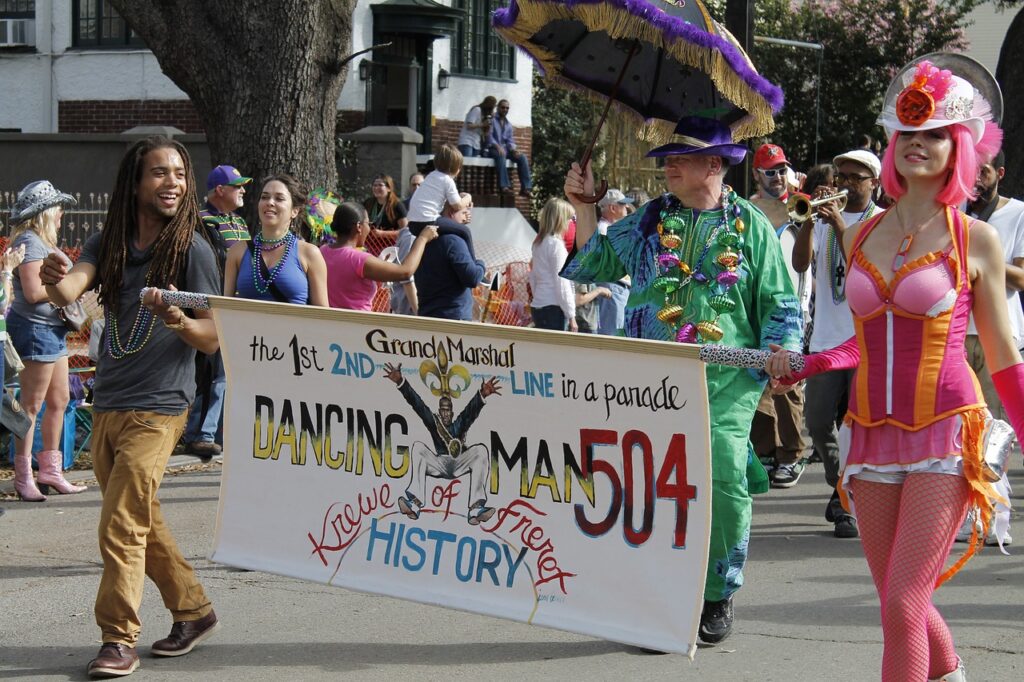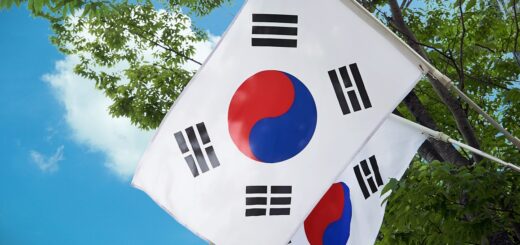Celebration of Mardi Gras Event


Mardi Gras, also known as Carnival or Carnaval, is a vibrant celebration that intertwines Christian traditions with ancient pagan rituals focused on spring and fertility. Its roots trace back through millennia, evolving into a cultural phenomenon celebrated worldwide, particularly in regions with significant Roman Catholic communities. Festivities unfold on the day before the commencement of Lent, attracting throngs of visitors and locals alike to cities like Brazil, Venice, and New Orleans, where elaborate and renowned public events captivate audiences each year.

What Is Mardi Gras Event?
The origins of Mardi Gras trace back millennia to exuberant pagan celebrations honoring the arrival of spring and fertility, notably inspired by the lively Roman festivals of Saturnalia and Lupercalia.
Upon the advent of Christianity in Rome, religious leaders opted to assimilate these vibrant local customs into the new faith instead of eradicating them entirely. Consequently, the indulgence and revelry of Mardi Gras evolved as a precursor to Lent—a 40-day period of abstinence and penitence observed between Ash Wednesday and Easter Sunday.
Mardi Gras, alongside Christianity, disseminated from Rome across various European nations, including France, Germany, Spain, and England.
Are you knows Mardi Gras Meanings?
The term “Mardi” originates from the French word for Tuesday, while “gras” translates to “fat.” In France, the day preceding Ash Wednesday acquired the moniker Mardi Gras, signifying “Fat Tuesday.”
In the customary buildup to Lent, celebrants indulged in a final spree of rich, fatty fare—embracing meats, eggs, milk, lard, and cheeses—emptying their pantries of these provisions before the impending weeks of fish-based diets and various fasting practices.
The term “carnival,” also a prevalent designation for the pre-Lenten revelries, finds its roots in this gastronomic tradition. Its origins lie in Medieval Latin, with “carnelevarium,” denoting the act of removing or abstaining from meat, derived from the Latin “carnem,” meaning meat.
New Orleans Mardi Gras
New Orleans Mardi Gras—the crown jewel of celebrations! The city’s Mardi Gras is a vibrant extravaganza filled with parades, dazzling floats, masked balls, and a palpable sense of revelry that permeates the streets.
Krewes, the social clubs responsible for organizing the festivities, spend months preparing their elaborate floats and costumes. Each krewe hosts its own parade, tossing colorful beads, doubloons, and other trinkets to the cheering crowds lining the parade routes.
The iconic French Quarter becomes a bustling epicenter, alive with music, dance, and an array of delicious Creole and Cajun dishes. From the vibrant energy of Bourbon Street to the elegant masquerade balls in historic venues, New Orleans Mardi Gras is a spectacle that captures the essence of joy and celebration.
Mardi Gras Celebration Around the World
Around the world, regions with significant Roman Catholic communities continue to embrace pre-Lenten festivities in unique and diverse ways.
Brazil’s Carnival unfolds as a weeklong celebration, blending European, African, and indigenous customs into a vibrant extravaganza. In Canada, Quebec City hosts the grand Quebec Winter Carnival, a spectacular event drawing visitors with its array of activities.
Italy’s Venice Carnevale, tracing its roots to the 13th century, captivates tourists with its renowned masquerade balls and elaborate traditions.
In Germany, the celebrations—known as Karneval, Fastnacht, or Fasching—encompass parades, costume galas, and an amusing custom where women humorously snip off men’s ties.
Denmark’s Fastevlan involves children dressing up and collecting sweets, somewhat reminiscent of Halloween. However, the resemblance ends there, as the Danish tradition diverges—on Easter Sunday morning, children symbolically whip their parents with twigs rather than following the Halloween-like theme.








